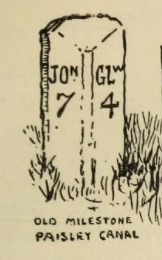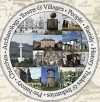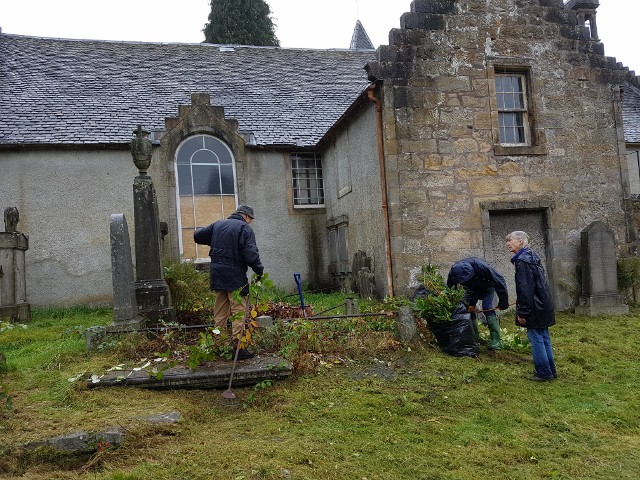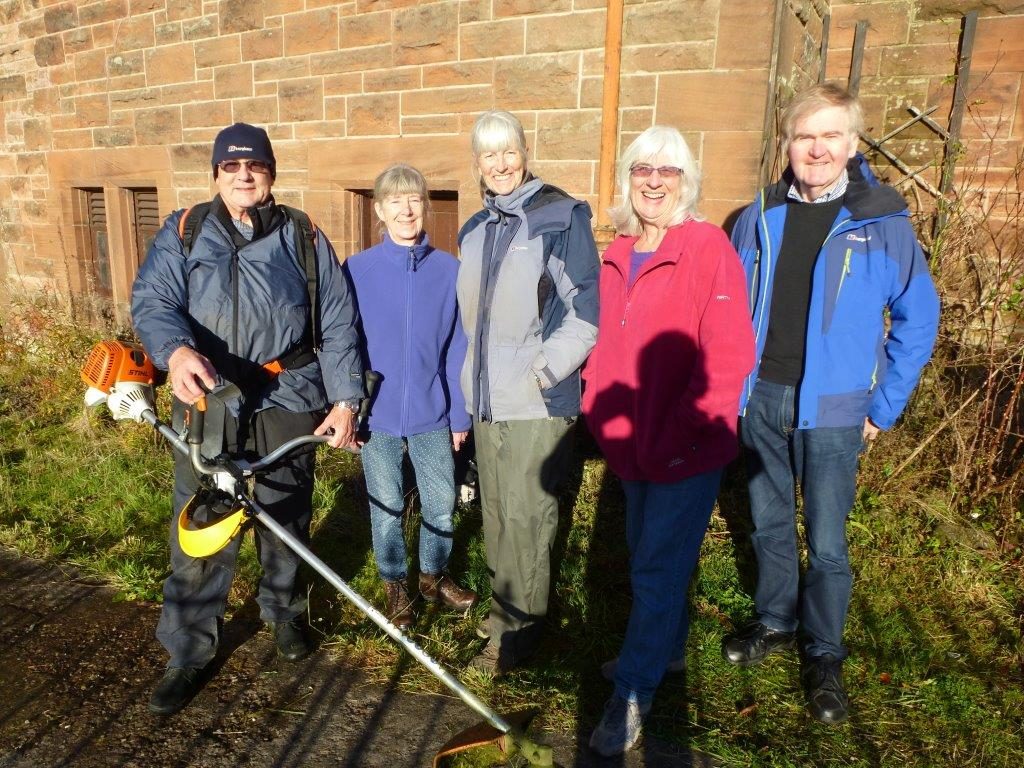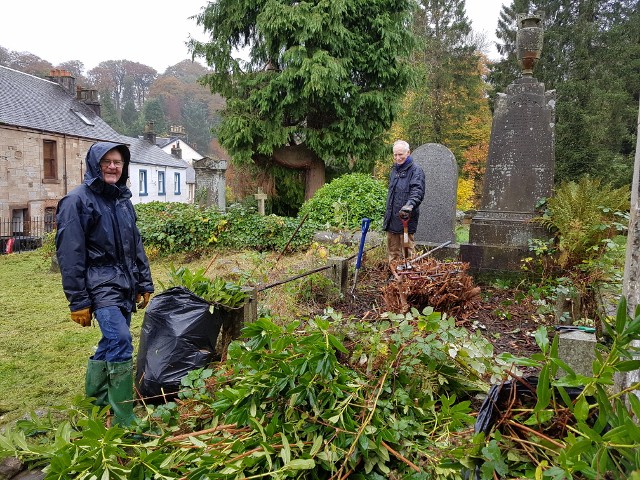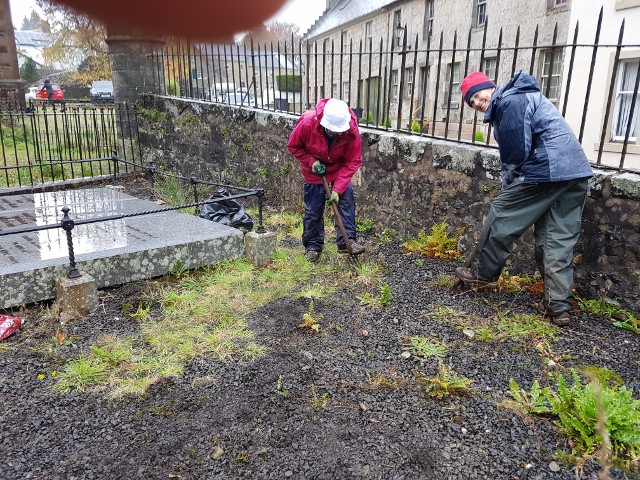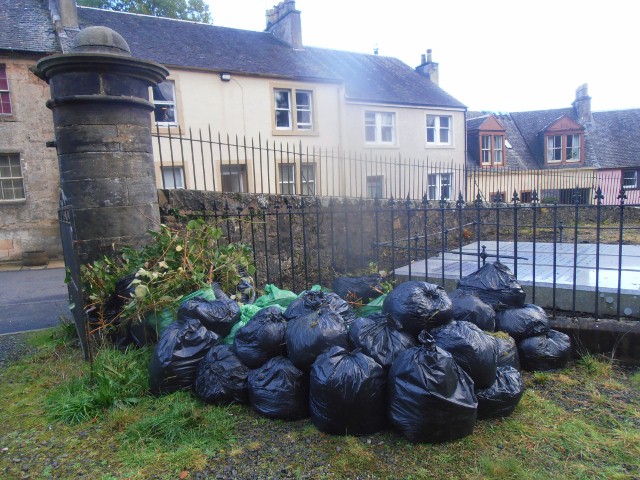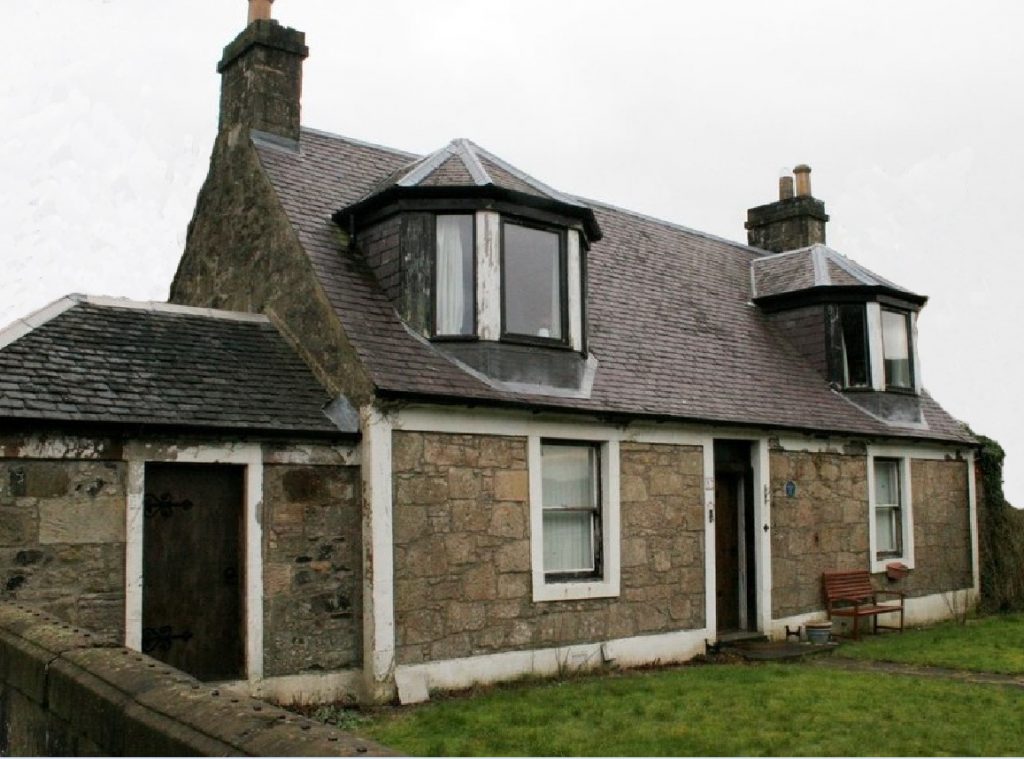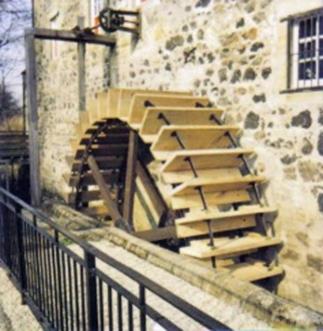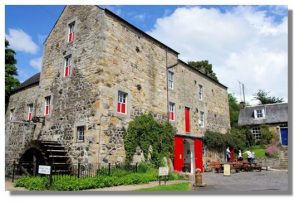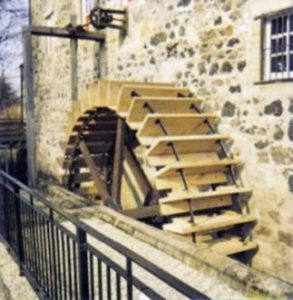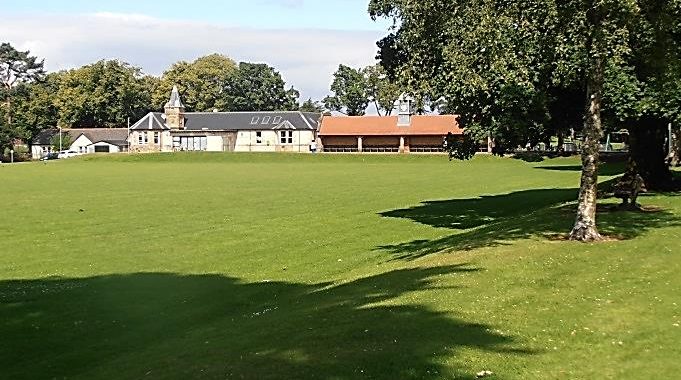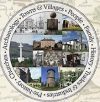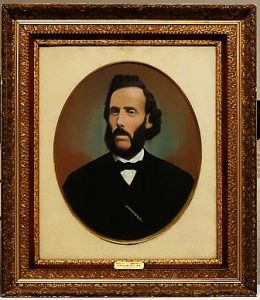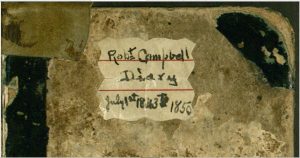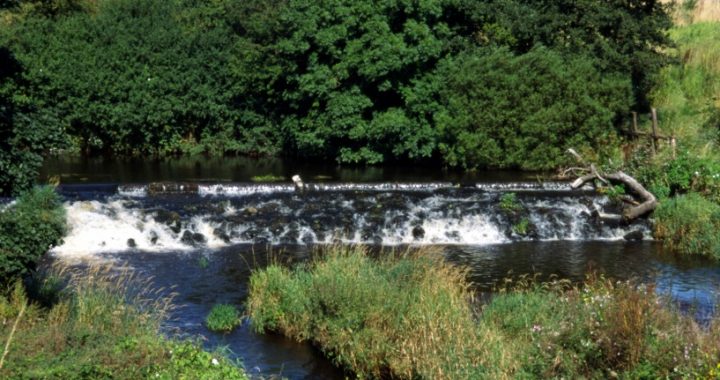The Glasgow, Paisley, Ardrossan Canal was first proposed by James Watt in 1773. In 1804 a survey by Thomas Telford led to parliamentary permission to build the first phase of the canal from Glasgow to Johnstone. Hugh, 12th Earl of Eglinton, was the chief investor in the project. He had recently built his new deep sea harbour at Ardrossan and was keen to have direct access by canal to Glasgow. Other investors included William Houston of Johnstone and William Dixon of Govan. A canal in the vicinity of their coal and iron mines would afford them easy access to Glasgow markets. Canal access to Glasgow was expected to be considerably more efficient than transporting goods by wagons on the turnpike roads. Work began in 1805. In addition to transportation of goods, a passenger service was planned.
The first section of the canal, from Paisley to Johnstone, opened on the 6th November, 1810. Amid great celebration the Countess of Eglinton was launched. Four days later, on the Martinmas Day holiday, tragedy struck. When passengers from Johnstone were disembarking at the canal basin in Paisley, an excited crowd of holiday makers on a family day out surged on to the boat causing it to capsize. Of the eighty-five people who lost their lives on this disastrous day at least one quarter were children.
The full stretch of the canal from Glasgow to Johnstone was completed in 1811, but because of the death of the Earl of Eglinton in 1819 and the lack of further funding, construction of the remaining section to Ardrossan was abandoned.
Two more passenger boats, the Paisley and the Countess of Glasgow were added to the fleet. The cabin class fare was 1s.3d. and the second class fare was 10d. In 1814 the canal sold over 35,000 fares and the service was popular with all classes of society. In 1815 John Cuninghame of Craigends recorded in his diary that he had sent his chaise to Johnstone to meet friends arriving by boat from Glasgow. By 1836 there were twelve passenger sailings per day on the canal.
The Glasgow, Paisley, Ardrossan Canal appears to have been a profitable project for the investors until 1840 when, with the advent of the railways, the canal passenger service had competition. The Glasgow & Paisley Joint Railway opened the first rail line from Glasgow to Paisley in 1840. Rail travel between Paisley and Glasgow was quicker by train than the two hour journey by canal boat and when the rail company reduced its fares in1843 the canal passenger service was no longer viable. Although the passenger service ended in 1843 the canal company continued to transport goods until1869.
The canal became quieter and seems to have become a repository for stolen goods. It is reported that in 1852 brass fittings, and copper piping, stolen from the Kilbarchan horse-drawn fire engine, were found in Johnstone Canal by three local men. Kilbarchan Front Committee gave the men 7s.6d. for the recovery of these valuable fittings.
In 1869 the Glasgow and South Western Railway Company purchased the canal. This rail company continued to operate the transport of goods on the canal until 1881. In that year they began work to build a second rail line from Glasgow to Paisley, largely following the route of the canal. The canal was drained in 1882 and their Canal Line to Paisley opened in 1885.
©2019 Helen Calcluth

